|
I am old enough (62) to remember when a #1 Prime Oklahoma beaver pelt brought $60-75 each. Today. a fur trapper would be lucky to sell them for $8 each. Why is this important to a modern suburban homeowner? Because a crash in the price of beaver pelts means that virtually no one traps them for their fur anymore which has led to an explosion in the beaver population. A typical beaver colony consists of one pair of adults; 2-4 of this year's babies, and 2-4 of last year's babies. As the female prepares to give birth to new young, she will run off the two year olds, and they will move into a nearby body of water than doesn't currently have beavers. Every colony evicts 2-4 beavers a year and the number of beaver colonies doubles or more each year. With an exploding population, and less and less wild area for them to expand into, the natural choice for the beavers to set up housekeeping is suburban waterways, decorative ponds, and golf course water traps. No animal, other than man, modifies its environment as much as beavers. They cut down trees to eat the layer under the bark, and to provide sticks and logs to build dams. They will cut trees all fall and jam the sticks in the mud underwater to keep them fresh for winter feed. They dam up creeks and drainage ditches, flooding homes and crop land. They can do thousands of dollars in damage to ornamental trees and landscaping in just a few days. In the northern states, beavers build the classic beaver lodge out in the water. but I have only encountered this type of lodge twice in Oklahoma. Far more common is the highly destructive bank den. With a bank den, the beavers burrow into a high bank, or most usually, the dam of a pond. Here they can build an elaborate series of chambers and tunnels. Too often the tunnels collapse, or blow out the back of the pond dam dropping the water level and necessitating thousands of dollars in repairs to the dam. Cattle, horses, and people have been known to break through the surface over the top of a tunnel only to fall in and break their leg. Here are a couple of pictures showing the den entrance after the dam had been breached by the beavers and the water drained. With no natural predators, it is essential that humans control the beaver population. In rural areas, lethal traps are the rule, but in urban and suburban areas where children and pets are ubiquitous, lethal traps are out of the question. Any trap that will instantly kill, or drown. a 70 lb beaver cannot be used anywhere that children or pets might encounter them. Predator Impact has developed a protocol for trapping beavers in urban and suburban areas using several different types of live traps. These traps are designed to simply contain the beaver unharmed and should a child or a pet get into the trap, there would be minimal or no damage. The first type of live trap that we will discuss is the Koro, or Hancock style trap. This trap is ideal anywhere there is a sloping bank into the water. The Koro Trap is placed half in and half out of the water. The trap is baited with freshly cut sticks, the beaver's favorite treat. When the beaver climbs up on the trap to get the sticks, the trap is triggered and he is caught. The second trap option in Predator Impact's tool kit is the Comstock Cage trap. The Comstock is ideal for den entrances, runways, or anywhere else that beaver will be passing through. They can also be drawn into the trap using food or scent lure. The Comstock Beaver trap is a very well made trap with powerful springs on the door and positive locking mechanisms that assure that the beaver will not escape. The third live trap option is the Bailey Beaver trap. The Bailey is a true suitcase type trap and is ideal for shallow water with flat bottoms. Both sides and the trigger mechanism are all under water. When the beaver triggers the trap, both sides swing up enclosing the beaver harmlessly between them. Regardless of the situation, Predator Impact has the right tools to solve your beaver problem safely and effectively. Contact Predator Impact to discuss your beaver issue. Consultations are always free and there is no obligation. Predator Impact. LLC (918) 397-4091
0 Comments
Bees are undeniably the most beneficial insect in North America, if not the world. Predator Impact is committed to preserving them whenever possible. Every spring, the old queen lays eggs that will hatch into several new queens. Just before they hatch, the old queen will take approximately half the hive and will leave the colony. the first strong queen to hatch will kill her sisters and take over as the new queen of the hive. Meanwhile, the old queen and her posse (now called a swarm) will pick a convenient limb, eave of a house, or other location to ball up and wait while scouts look for a new permanent home. At this time, the bees in the swarm do not have a home to defend and are calm and gentle. There is very little risk of being stung by bees in a swarm. The scouts travel 1-2 miles in search of a hollow tree, cavity in some rocks, or another suitable home. Unfortunately, their choice of a new home is all too often a crack or crevice in someone's home. That is the subject of today's post. A homeowner called Predator Impact for help with a honeybee colony in a wall in a garage. The customer's father had passed away recently and left the house to his daughter. The father had known that the bee colony was in the wall, but wasn't concerned about it. It had been there for many years, but needed to be removed so that the house could be sold. Honeybees have to generate heat to keep themselves warm, and especially if there are babies. They do this by rapidly beating their wings and the muscle exertion creates heat. We can use an infrared camera to detect the exact position and size of the colony based on the temperature difference. Based on the IR image, it was clear that it was a good size hive located between the second and third stud. The outside of the house was rock, and there is usually a large hollow area between the rock wall and the inner wall that makes a perfect area for the bees to set up housekeeping. We cut open the wall and the black fiber board between it and the rock. The honey bee colony completely filled the space and extended into the adjoining space on either side. The dark color of the honeycomb is typical of very old colonies. We vacuumed up all the bees with a special, low suction bee vacuum, removed the honeycomb and washed out the cavity to remove any honey residue. Reinstalled the fiberboard and cut new plywood to replace the old printed wallboard. (The printed gypsum wallboard isn't made any more, so plywood painted to match was close enough.) The customer was happy with the final result. If I had drawn some vertical lines on it with magic marker, it would have been even closer! :-) CUtout -vs-trapoutOnce a honeybee colony has decided that you are roommates, there are two options for removing them. One is fast, but expensive; the other takes longer but requires minimal if any reconstruction cost. #1 Cutout The process described above is a cutout. It is fast (usually 1-2 days) but the reconstruction cost can drive the cost up. In a cutout, the wall is physically opened, the hive manually removed, the cavity cleaned, and the wall is reconstructed. In the case above, we were fortunate that the colony was at ground level, and we could access it without removing the rock. If the colony is more than one story off the ground and/or requires substantial de-construction such as a rock wall or chimney, the cost can easily reach into the thousands of dollars! #2 Trapout Trapout is a process with an undeserved bad reputation. Too often it is tried by people who don't know what they are doing, or don't have the patience to do it right. Predator Impact has perfected the trapout.
If you have a situation involving an unwanted colony of bees, call Predator Impact, LLC for a no cost, no obligation consultation. We'll review your unique situation and make recommendations for resolution. Mark Runnels Predator Impact, LLC (918) 397-4091 Woodchucks, also called Groundhogs, Marmots, Whistle Pigs, Land Beavers and dozens of other names are a large member of the rodent family that often lives in close proximity with people. Woodchucks are strictly vegetarian living on grass, clover, and the local farmer's garden! A couple of groundhogs can do a lot of damage to a garden, flowerbed, or ornamental landscaping. The are often confused with beavers, but are actually the largest member of the squirrel family. Their fur is popular with trout fishermen and is used to tie flies that imitate stoneflies and other insect larvae. Like their squirrel cousins, a woodchuck's teeth never stop growing. Their teeth are an average of 4" long and grow about 1/4" per month. Their top and bottom teeth are aligned to wear against each other to keep them trim and sharp. THE BURROWING BEAST If it wasn't for their habit of burrowing under sheds and foundations, woodchucks would be nice to have around. Unfortunately, they like to dig under solid objects like boulders, home foundations, and sheds. A woodchuck can excavate as much as 6,000 lbs of dirt when digging their complex system of burrows. To put this in perspective, that would fill six full size pickup beds! This not only makes a mess, but can undermine (no pun intended) the foundation of your home or building, leaving a large hollow void under the foundation. This can cause the foundation to shift and crack leading to expensive repairs. Predator Impact can easily and inexpensively live trap and relocate your problem woodchucks. They are relocated to our wildlife preserve in rural Nowata County where they can dig to their heart's content and not have to worry about damaging anyone's home. Call us at (918) 397-4091 for a free, no obligation consultation to discuss the solution to your whistle-pig problem! |
AuthorMark Runnels is a professional engineer and owner of Predator Impact, LLC. Archives
May 2024
Categories |
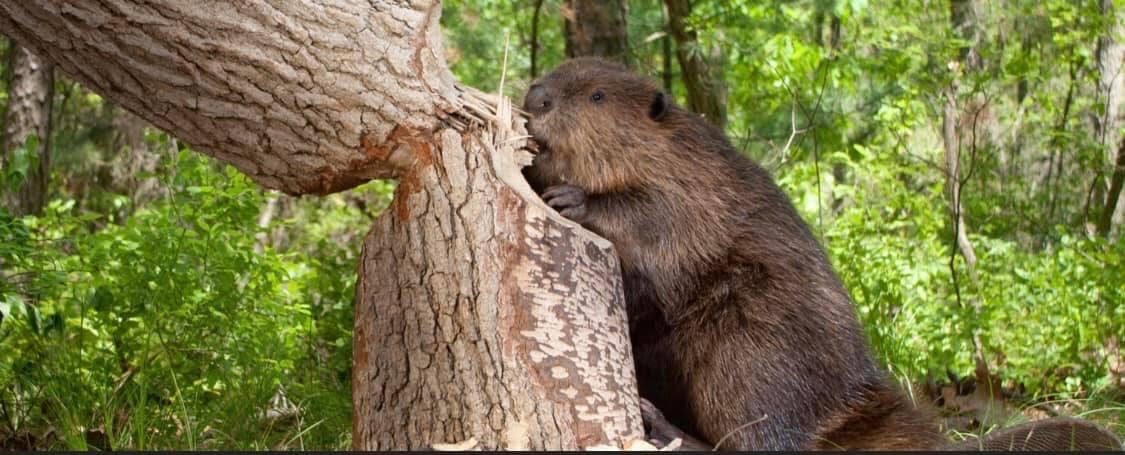





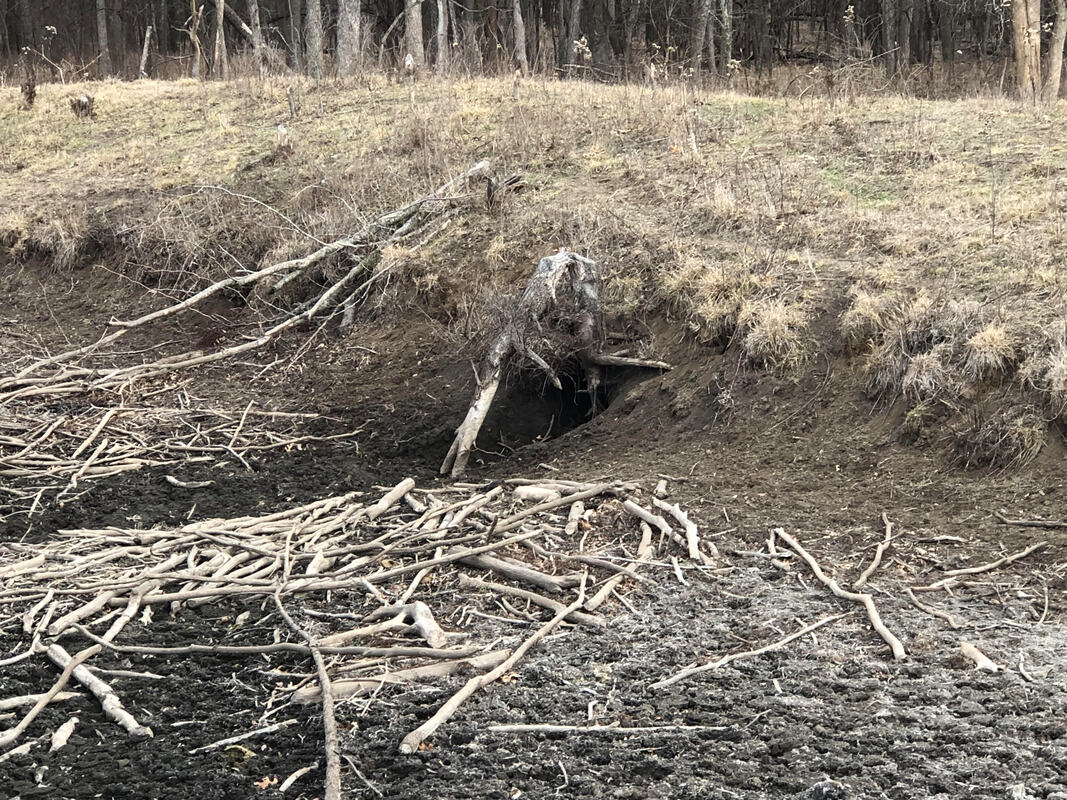






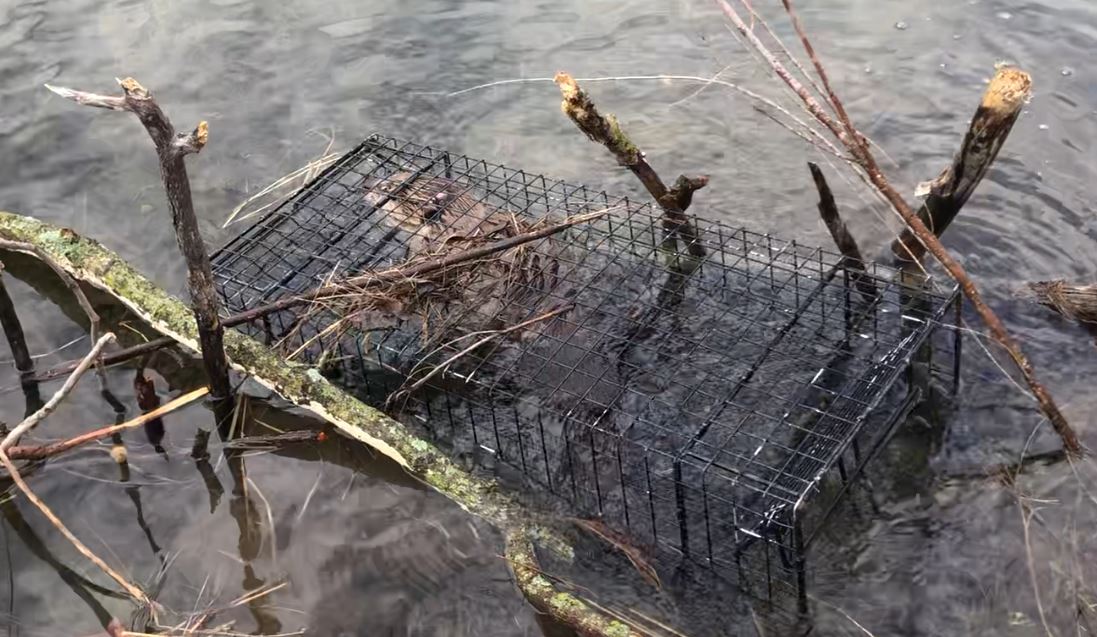


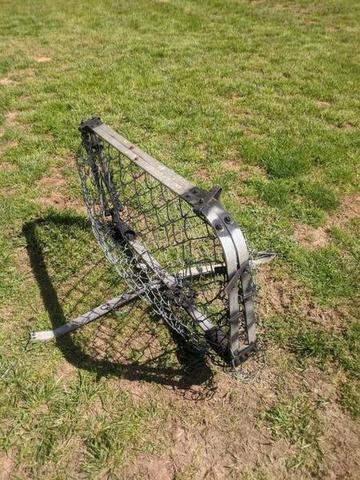

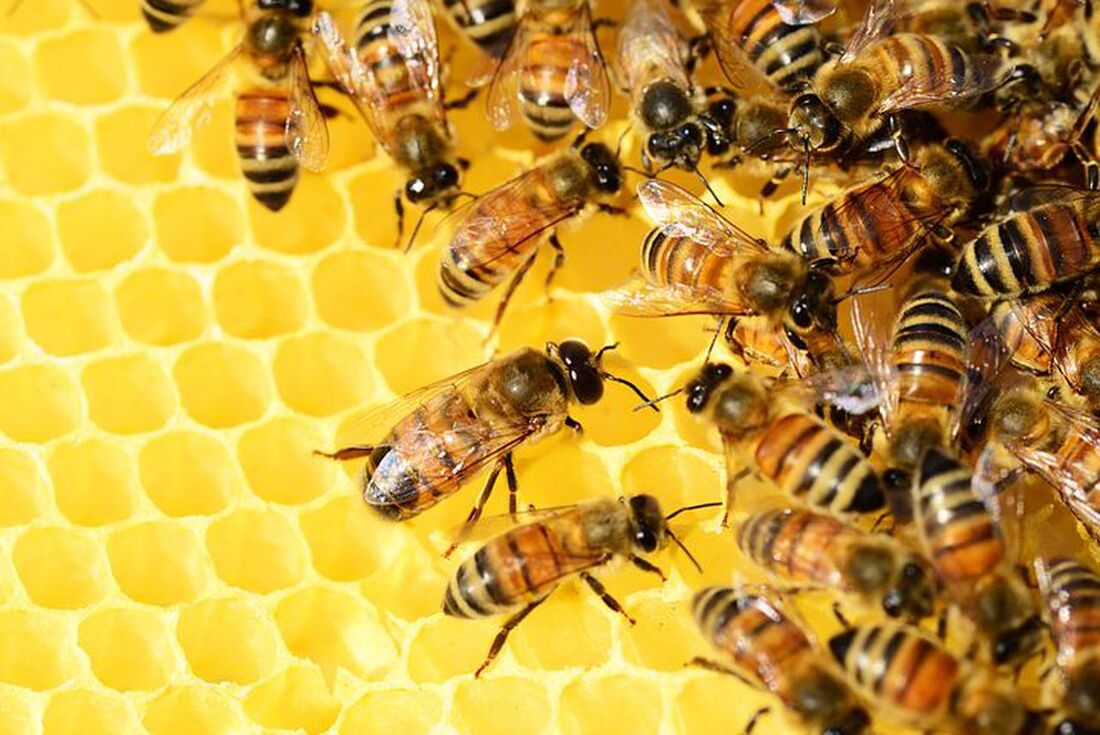
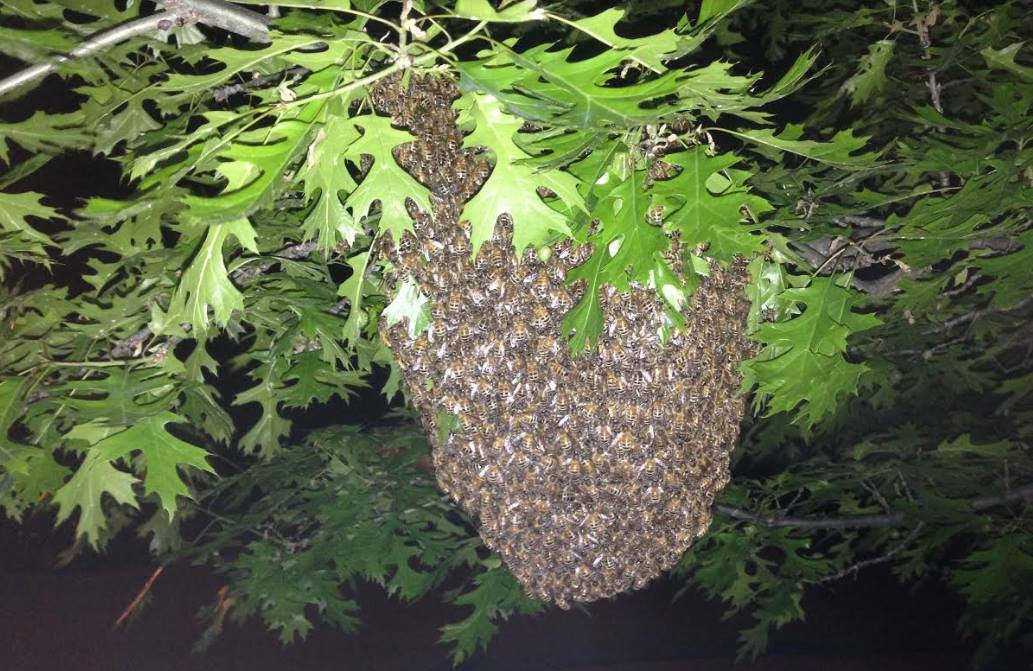






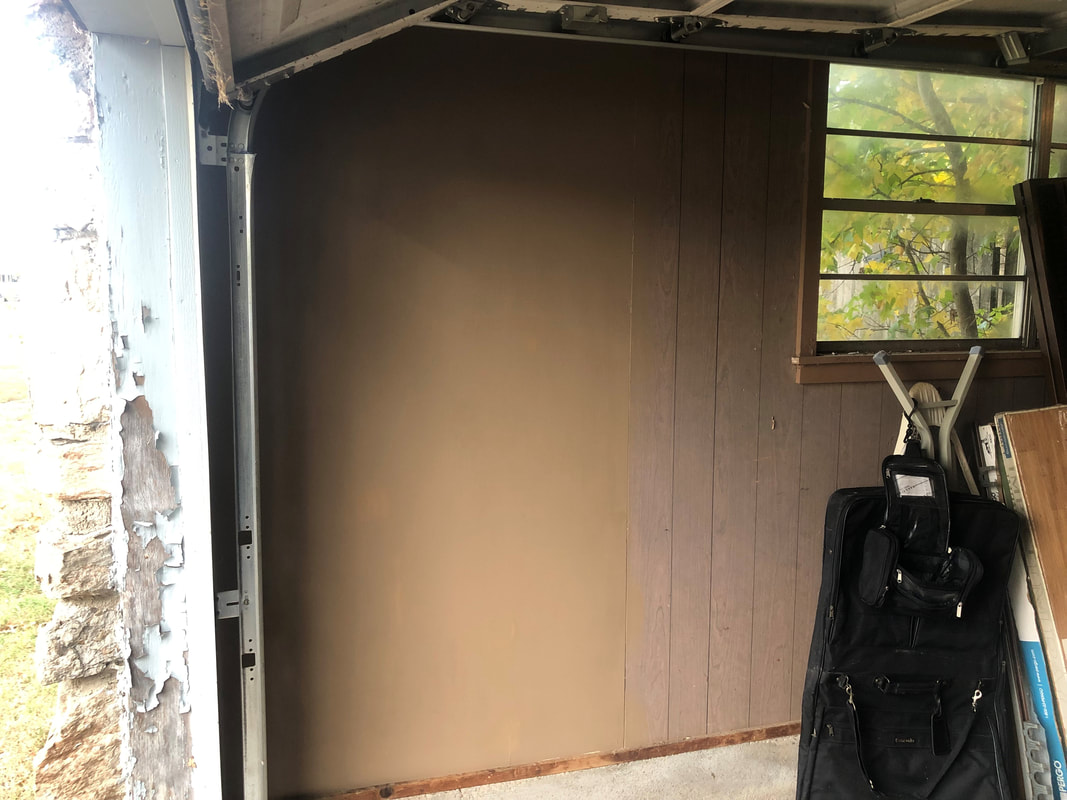


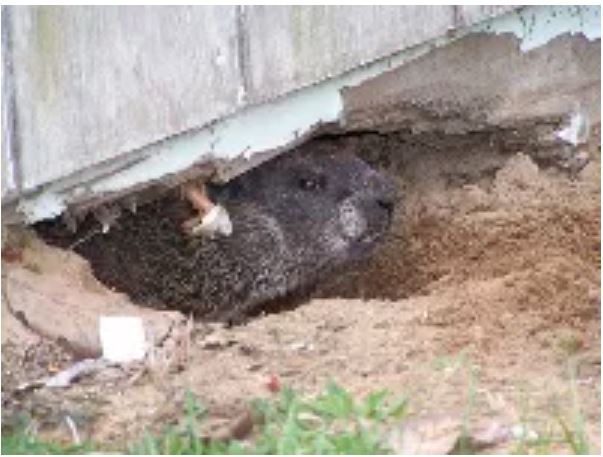
 RSS Feed
RSS Feed